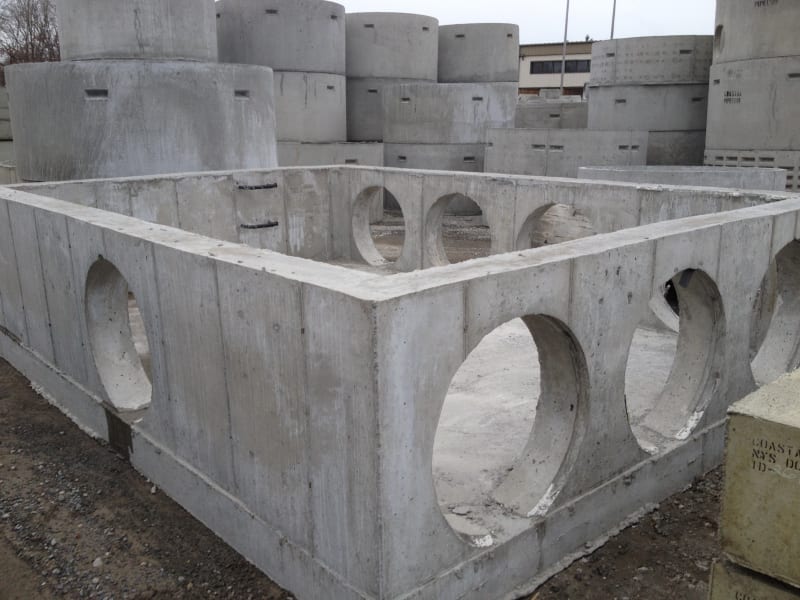ATHS
Structural
- Jan 14, 2022
- 20
Hello everyone,
This is my first time posting here.
I need to design a junction box (see attached). Have received conflicting inputs from other sources on the design approach. Anybody here ever worked on something similar? I would like to get a brief design approach.
Thanks
This is my first time posting here.
I need to design a junction box (see attached). Have received conflicting inputs from other sources on the design approach. Anybody here ever worked on something similar? I would like to get a brief design approach.
Thanks

![[pipe] [pipe] [pipe]](/data/assets/smilies/pipe.gif)
![[lol] [lol] [lol]](/data/assets/smilies/lol.gif)
